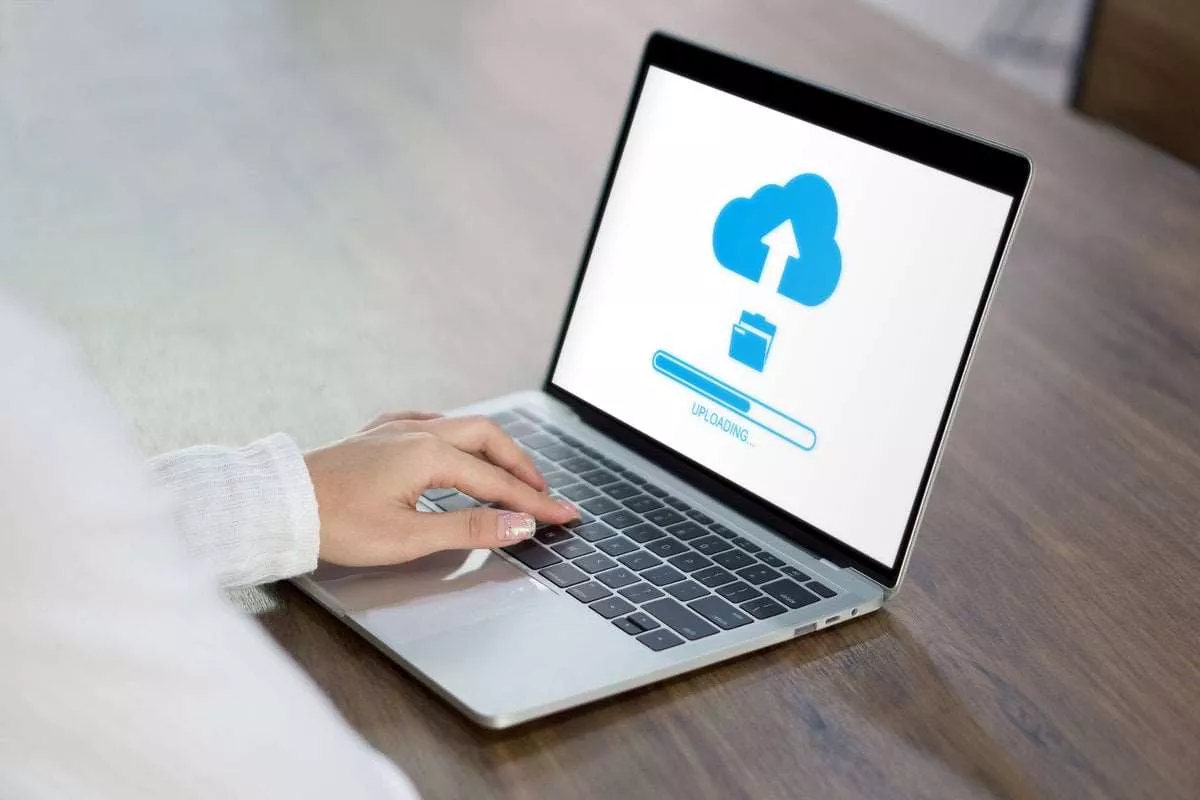Even should you don’t understand it, you’re most likely employing some kind of threat administration in your organization. Over time, you develop procedures to make sure issues don’t go wrong and put plans in place to reduce risk identification organizational impression in the event that they do. Inspections and audits floor weaknesses in processes and provide root trigger analysis and proposals.
Failing To Update Threat Assessments
As such, staff are one of the most priceless assets in figuring out dangers. With knowledge and pattern analysis, you possibly can determine the root causes of occurrences. Incidents and near-misses are key indicators of problem areas that must be addressed by the chance administration staff. Insurance brokers know your declare historical past, which implies they can present perception on tendencies. If you experience the same type of losses a number of occasions, it suggests there’s a risk that is improperly managed.
- Risk identification is important because it increases the probabilities of project success.
- We’ve identified the commonest mistakes to avoid in risk identification, evaluation, and assessment.
- ISO just isn’t a certifiable commonplace; the standard is a set of pointers which offer steering for internal or external audit programmes.
- Remember, risk is the uncertainty of a future occasion, which may be constructive (an opportunity) or adverse (a threat).
Project Danger Identification Framework
Bringing collectively individuals who share a standard curiosity to discuss and debate issues can produce invaluable insights and think about options upon which to move ahead. Involving employees at this early stage within the identification of risks will undoubtedly reap rewards. It is the individuals concerned in the day-to-day operations who understand all of the nuances of their operations who are normally finest in a position to choose what’s or just isn’t a danger.
Bottom Line: Risk Identification Strategies And Methods

Cyber risks, corresponding to energy outages, computer failures, and vulnerabilities in cloud storage, pose vital threats to each the security and continuity of businesses. Risk identification is the first stage of threat administration, whose next stages are primarily based on the dangers recognized on this stage (Tchankova, 2002). The purpose of this examine is to determine these methods and their outcomes and disadvantages in their ability to acknowledge new risks in the networked economy and establish areas of enchancment. Discussions with consultants and practitioners of threat management in London highlighted the significance of disseminating public info before and through an extreme warmth or drought event. In most instances, danger to such hazards could be decreased via elevated alertness and taking simple “common sense” measures.
Risk identification is the method of figuring out risks that would potentially prevent this system, enterprise or funding from achieving its objectives. The analysis process is extremely iterative, as evaluation normally uncovers new sources of risk and issues. It is probably going that the identification and estimation activities may also be revisited multiple instances, and in practice, all three activities are often merged into one. Evaluation is as much an art as a science, and knowing when to say “enough evaluation has been done” relies upon closely on the expertise of these doing the analysis. As the dangers are being evaluated, completely different options for the way they could be averted will emerge.


Several actions within the center level are categorized into one function within the top level since one perform consists of a number of activities. However, many legacy danger identification processes haven’t fully served institutions’ danger management wants, particularly those associated to firm-specific stress testing and identification of the firm’s largest vulnerabilities. These processes were not sufficiently comprehensive and deep enough – failing to highlight key underlying drivers of risks.
You must be constantly on the lookout for potential threats to your business so as to take steps to mitigate them before they turn out to be an issue. This is where you search for any potential risks inside the project that will have been missed within the previous steps. To do inside cross-checking, break down a work construction or a project doc to be able to list down any potential risks.

You can add to your library over time whereas receiving updates on emerging risks or new requirements. Risk identification plays an important function in making certain that potential know-how risks are identified and addressed proactively. Project dangers typically come up due to inconsistent or incomplete documentation that leaves your teams blocked down the line. The finest apply here is to micro-scan your paperwork for mismatched references, incomplete process maps, unclear or outdated necessities, scheduling errors, and inaccurate estimates. If you would possibly be relocating, think about weeding your collection and submitting any archival supplies during the planning process and positively earlier than the move. Not solely does this typically lower the quantity of fabric that must be moved, however it is another opportunity to suppose about your assortment in relation to your project.
Once you have mapped all of the actions with their potential outcomes and causes, we start figuring out the dangers of these actions. Explore financial impacts and security measures that may assist your group avoid a data breach, or within the event of a breach, mitigate costs. Any choices ought to bear in mind the broader context and the actual and perceived consequences to exterior and inner stakeholders. The outcome of risk evaluation must be recorded, communicated and then validated at acceptable ranges of the organisation.
US regulators have taken note and have been pushing establishments to expand and enhance their threat identification processes, and clearly link danger identification to stress testing and broader risk administration activities. Advances in know-how now allow for real-time monitoring of dangers using sensors and other IoT (internet of things) units. For example, in development projects, sensors can monitor structural health or environmental situations, sending alerts when potential dangers are detected.
Correctly bounding the analysis could be very difficult and is the best source of error in any analysis (Rescher, 1983). ML/TF threat assessment is outlined as the ‘process of understanding and evaluation of financial crime risks that the group is actually exposed to’. Avoid too imprecise risksAnother main issue that hinders the risk identification course of is the tendency of figuring out dangers that are too imprecise to be managed.

0 Comments